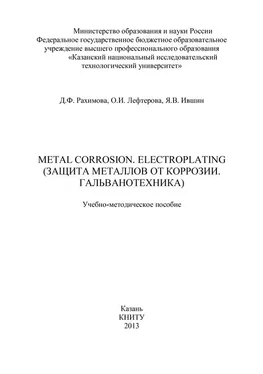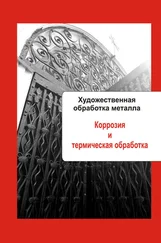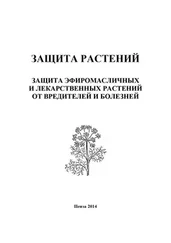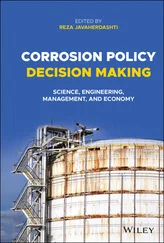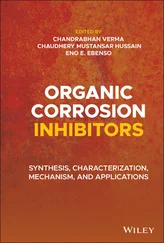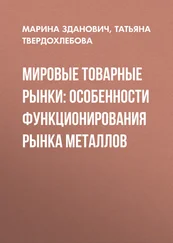(From www.clihouston.com) .
5 . Read the text again. Decide whether the following statements are true or false.
1. Microbiological corrosion (MIC) refers to corrosion and ensuing alteration of metal surface caused by biological organisms.
2. Most MIC is defined as limited corrosion because most organisms do not form in a continuous film on the metal surface.
3. The type thiobacillus can form an environment of up to 70 percent ferrum acid.
6 . Work in pairs. Translate the following text from English into Russian.
MIC is not caused by a single microbe, but is attributed to many different microbes. These are often categorized by common characteristics such as by-products (i.e., sludge producing) or compounds they effect (i.e. sulfur oxidizing). In a general sense, they all fall into one of two groups based upon their oxygen requirements; one being aerobic (requires oxygen) such as sulfur oxidizing bacteria, and the other being anaerobic, (requires little or no oxygen), such as sulfate reducing bacteria.
General corrosion affects the entire surface or at least the wetted surface. MIC, on the other hand, is very localized. It creates a nodule and a pit beneath the nodule. There can be only a few nodules or there can be many. Within these nodules microbes rarely work alone but operate as a mixed community of differing types and groups. The different microbes perform different functions within the community. This interaction allows a community to thrive in environments that are actually hostile to some of its members. For example, in an aerobic environment, anaerobic bacteria are generally inhibited or killed. But within a community the aerobic bacteria reside in the outer layer of the nodule consuming the oxygen in the water as it penetrates the nodule. Thus, the inner portion of the nodule experiences a reduced oxygen level allowing anaerobic bacteria to thrive.
7. Read the text. What is its main idea?
Почва является вместилищем необычайно обильной и разнообразной микрофлоры, представленной многочисленными группами бактерий, плесневыми грибками, дрожжевыми организмами и т. п.
Количество разнообразных бактерий, приходящееся на 1 грамм почвы, достигает сотен миллионов, а иногда и десятков миллиардов. Основная масса микроорганизмов встречается в верхних горизонтах почвы, однако и в подпочвенных слоях они содержатся в значительном количестве. В некоторых случаях эти организмы могут вызывать интенсивную коррозию, получившую наименование микробиологической коррозии.
Действие микроорганизмов сводится или к непосредственному влиянию на скорость анодной и катодной реакций, или к созданию коррозийной среды.
Наибольшее значение и распространение в почвенных условиях имеет анаэробная коррозия.
Коррозионный процесс в анаэробных условиях заключается в том, что благодаря жизнедеятельности микроорганизмов в среде, окружающей подземное сооружение, сульфаты восстанавливаются и преобразуются в сероводород. Последний взаимодействует с железом, образуя сернистое железо. Освободившийся при восстановлении сульфатов кислород обеспечивает деполяризацию катода, на котором должен накапливаться водород в связи с растворением железа. Таким образом, через катодную деполяризацию бактериальный процесс стимулирует развитие коррозии.
(From www.groont.com) .
8 . Work in pairs. Interpret the following passage sentence by sentence.
Corrosion resulting from the attachment and activities of microorganisms on metal surfaces is referred to as microbiologically influenced corrosion (MIC) or biocorrosion. It occurs in diverse environments and is not limited to aqueous submerged conditions, but also takes place in humid atmospheres. It is an electrochemical process in which the participation of microorganisms is able to initiate, facilitate, or accelerate the corrosion reactions without changing the process’s electrochemical nature. MIC is a result of interactions that are often synergistic between the metal surface, abiotic corrosion products, and microbial cells and their metabolites. The latter includes organic and inorganic acids and volatile compounds, such as ammonia and hydrogen sulfide. Microbiologically mediated reactions do not result in a unique type of corrosion, but they can induce localized corrosion, change the rate of corrosion and also inhibit corrosion.
Most MIC studies have focused on bacterial involvement; however, under aerobic conditions, other single-celled organisms, such as fungi, yeast and diatoms, can influence corrosion. The predominant types of bacteria associated with MIC are sulfate-reducing bacteria (SRB), sulfur-oxidizing bacteria, iron-oxidizing/reducing bacteria, manganese oxidizing bacteria, and bacteria secreting organic acids and slime. These organisms coexist within a biofilm matrix on metal surfaces, functioning as a consortium in a complex and coordinated manner. The various mechanisms of biocorrosion reflect the variety of physiological activities carried out by these different types of microorganisms when they coexist in biofilms. Despite decades of study on MIC, it is still not known with certainty how many species of microorganisms contribute to corrosion, and researchers continue to report on the formation of biofilms by an ever-widening range of microbial species.
9 . Give English equivalents to the following word combinations and learn them by heart:
деятельность микроорганизмов
различные среды
электрохимический процесс
органическая кислота
металлическая поверхность
сероокисляющие бактерии
образование биопленок
микробные виды
аэробные условия
синтетическая коррозия
10 . Give Russian equivalents to the following word combinations and learn them by heart:
inhibit corrosion
entire surface
organic acid
hydrogen sulfide
manganese oxidizing bacteria
predominant type
biofilm matrix
physiological activities
11 . Translate the following sentences into Russian.
1. Some bacteria can directly reduce metal atoms to ions.
2. Hydrogen ions are produced, along with hydroxyl ions, by the breakdown of water, and the electrons to form atomic hydrogen from the hydrogen ion are produced by the oxidation of atomic iron.
3. The source of electrons is the oxidation of the metal while the electron sink is reduction of hydrogen ions.
Читать дальше
Конец ознакомительного отрывка
Купить книгу
